How to Use Polyurethane Foams
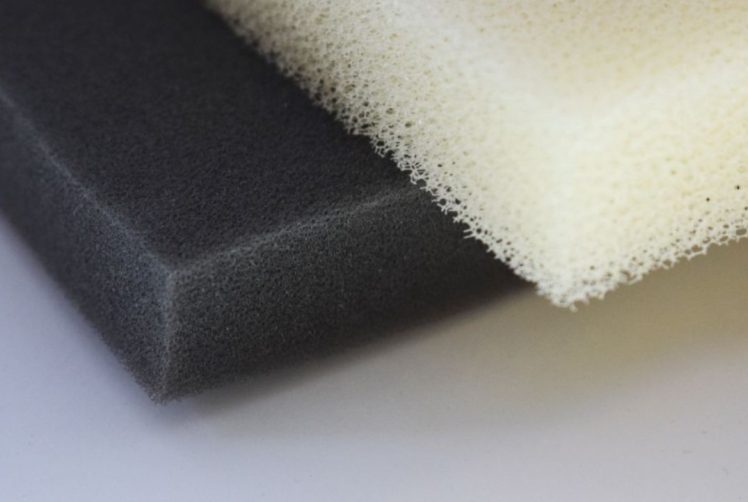
Polyurethane foams are now a standard material used in the construction industry. They are being employed as a replacement for high-density polyethylene (HDPE) as they have the same properties while also providing enhanced thermal and sound insulation properties. Using these materials also reduces non-renewable natural resources and provides an alternative to other eco-friendly products such as cement, steel, aluminum, and paint. Below are primary types and ways how the construction industry can use polyurethane foams:
Polyurethane foams made from polyester or polyethylene are only called “closed cell” and have a very low density. They can be added to the concrete as an infill on the surface or as a material for concrete reinforcement. These are mainly used as sound absorbers, such as absorption/block, acoustic baffling, and soundproofing materials. This closed-cell polyurethane foam is more suitable for outdoor use in the building because they exhibit high moisture resistance and can withstand corrosion but does not protect the structure from weathering.
Polyurethane foams made from polyurethane and polyether block copolymer are called “open cell” or hybrid foam foams. They have a very high density in comparison to closed-cell foams. These open cell and hybrid foams are mainly used as insulating materials such as insulation boards, thermal insulation tiles, thermal pads, sound absorption material, and water-resistant lightweight waterproofing material for the construction industry.
Insulate
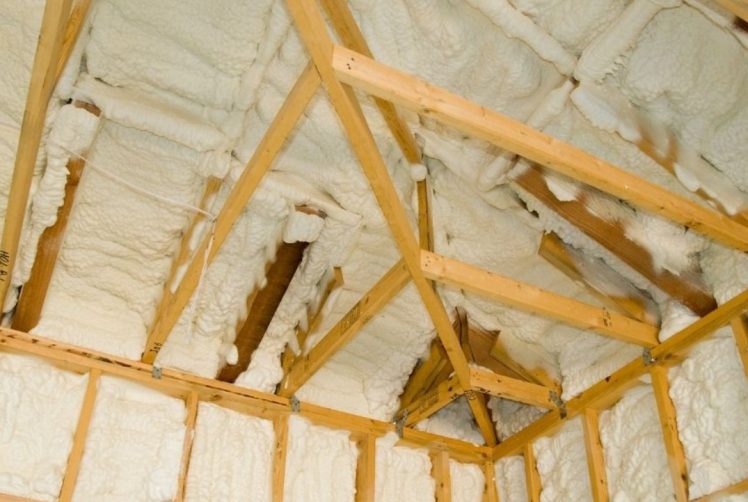
Source: medium.com
Due to its unique characteristics, polyurethane foam is best suited for insulation on walls, floors, and other interior surfaces. It is an efficient air sealant that keeps heat in during winter and blocks cold air from coming through during summer. Polyurethane foams can be insulation on foundations, floors, and walls.
The traditional method of insulating a home was using fiberglass, rock mineral wool, or some other insulation material. These traditional materials have drawbacks because of their relatively high cost and need for periodic replacement. The other issue is that once these conventional insulating materials are installed in a home, it is difficult to remove them if necessary. Substituting the use of polyurethane foams for the traditional insulation materials can solve both problems; low cost and easily removable if necessary.
They have similar insulating properties as conventional materials but at about half the cost per unit area or volume. If a replacement needs to be done, most conventional insulation materials can be removed with minimal damage to the home.
The most critical aspect of insulating a home has enough airflow for comfortable ventilation. Polyurethane foam is an excellent material for isolating a building from traffic noise because it does absorb the sound. Therefore, when noise must be reduced in a home, the insulation must be changed to suit the needs.
Waterproofing
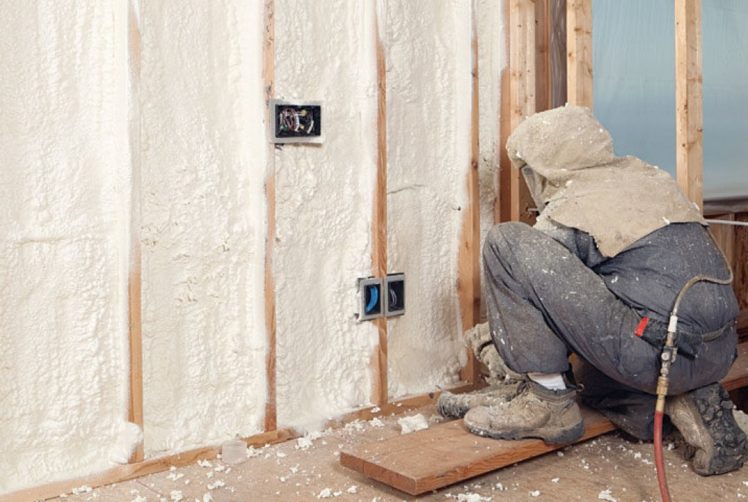
Source: pinterest.com
Polyurethane foams are used extensively in construction projects related to marine structures and sports facilities. In particular, they are used for small waterproof structures such as boats built in shallow waters. They are also commonly used in marine applications such as docks, walkways, and wharves. In addition to being used for marine structures, polyurethane foams can also be used for waterproofing residential homes and commercial buildings.
It is essential to use a waterproofing material that will conform to the structure’s shape. Waterproofing materials come in various densities ranging from 1 lb/ft2 density to 3 lb/ft2 density. These materials include closed-cell spray foam, open-cell spray foam, and high-density expanded polyurethane.
Sound Dampeners
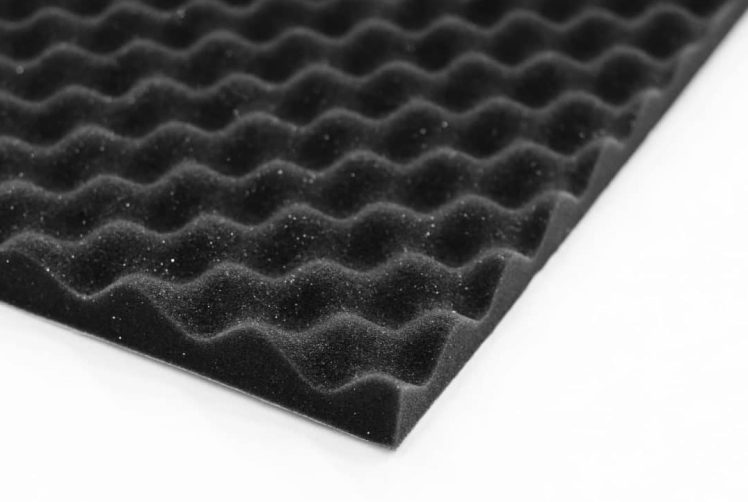
Source: medium.com
Polyurethane foams are also used to suppress noise in construction projects. They are a barrier to stop sound/vibration entry through walls. For instance, the Technonicol polyurethane foams, can help eliminate noise transmitted through the ceiling of office space, conference room, or auditorium. The use of them can be combined with other sound-absorbent materials such as fiberglass, rock mineral wool, and acoustic tile to produce a harmonious sound environment during meetings and events. The level of sound transmitted through a building can be measured using a sound pressure meter. The test is conducted on properly installed and sealed walls and ceilings.
You will find that many styles of soundproofing and vibration dampening are out there for you to choose from when looking to improve the acoustics in your home or office. To help with soundproofing in your home, consider installing open-cell or closed-cell spray foam insulation. Further, adding foam insulation to the areas above a roof deck is one of the most cost-effective ways to create instant noise control. Once the foam is installed, you’ll no longer hear noises from above your home or office. You will also be able to sleep soundly at night! Further, that allows conversations or events in one room to be heard clearly in another room without losing quality.
Soft flooring in your house
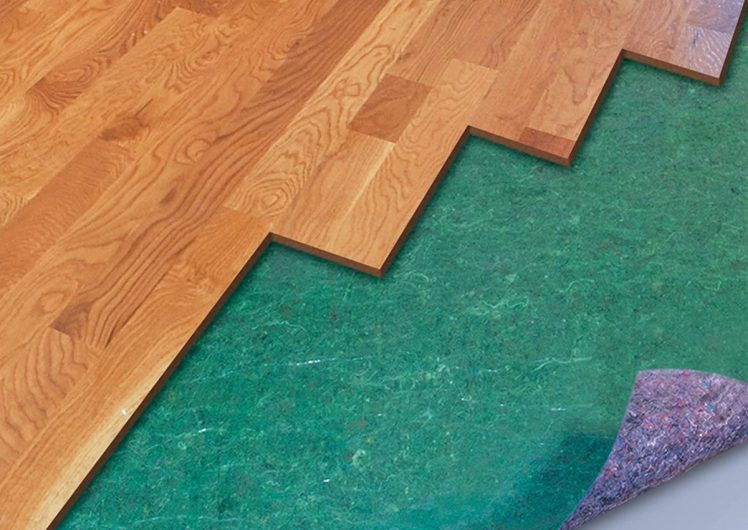
Source: youtube.com
Polyurethane foam adds comfort and softness to your house when you are walking. Polyurethane foams of different densities can be used for different purposes, such as high-density foam for the ground (floor), medium-density foam for the walls, and low-density foams for seating areas. Besides, you can also choose comfortable flooring material with the help of polyurethane foams:
Polyurethane foam is an expanding foam that expands when heated. Polyurethane foams produce more comfortable floors in your house and cover hard surfaces like grills and eating tables.
Besides its flexible properties, which allow you to change the floor’s texture no matter its thickness easily, it is also easy to install and remove.
Fire-Retardant

Source: medium.com
Polyurethane foams have been used for many years for fire-retardant applications. They are commonly used in tank insulation of gasoline tanks to prevent the fuel from catching fire due to overpressure or leakage. They also have been used in fire sprinkler systems because they resemble a gelatinous substance. That allows sprinklers to move freely through pipes when a fire breaks out and helps protect the wall/ceiling/floor structure. Polyurethane foams are also used in lining equipment to protect it from sparks, exhaust gases, and soot.
Polyurethane foams are often used for insulation on a building’s floor or basement. Because of their flame-retardant properties and lightweight construction, they are ideal for use in buildings that need to be fireproof. The foam-insulated flooring will also decrease heat gain during summer and winter because it prevents moisture from condensing on the floor’s surface. Foam is also effective at preventing noise transmission and protecting against electrical interference.


